Introduction to Chess Piece Materials
Chess, a game steeped in strategy and history, not only fascinates with its intellectual challenges but also its physical appearance. The choice of material for chess pieces can significantly affect the aesthetics, durability, and pleasure derived from the game. This comprehensive guide explores various materials used in crafting chess pieces, discussing their properties, benefits, and limitations to help enthusiasts and players select the best option for their personal or professional use.
Traditional Materials
1. Wood
Wood is one of the most classic and popular materials for chess pieces. Chess sets made from wood have been cherished through centuries for their natural beauty and substantial feel. Different types of wood are used including walnut, rosewood, ebony, and boxwood. Each type of wood offers distinct colors and grain patterns, making each set unique.
Pros: Wooden chess pieces are durable, feel good in hand, and can last a lifetime if properly cared for. They often become collector’s items and can accumulate value over time. Cons: Wooden pieces can warp or crack in extreme humidity or temperatures and may require more maintenance than synthetic materials.
2. Stone
Marble and alabaster are popular choices for more ornate chess sets. Stone chess pieces are typically very heavy and luxurious, providing an elegant visual appeal that makes them excellent for display purposes as well as play.
Pros: Stone chess pieces have a distinctive, refined look and add a touch of sophistication to any setting. They are also quite stable due to their weight. Cons: They are brittle and can break if dropped. Also, stone pieces can be quite expensive and are not as commonly found as wood or plastic.
3. Glass
Glass chess pieces are a modern favorite among collectors and casual players due to their sleek, transparent appearance which offers a contemporary twist to the classic game. Usually made from either clear or frosted glass, these sets can often feature colored accents.
Pros: Glass chess pieces have a unique visual elegance and can serve as a striking decorative element. They can also feel quite hefty, providing a good tactile response during play. Cons: Glass is fragile and prone to chipping or breaking upon impact. Also, smudges and fingerprints can be easily visible, requiring frequent cleaning.
Common Modern Materials
1. Plastic
Plastic is perhaps the most versatile and cost-effective material used in the manufacture of chess pieces. It is particularly popular for tournament play where durability and cost are significant factors.
Pros: Plastic chess pieces are very affordable and resilient. They are lightweight and often come in a variety of styles. High-quality plastics, like ABS or polycarbonate, can feel quite substantial and are easy to maintain. Cons: Lower quality plastic chess pieces may feel cheap and are less aesthetically pleasing than other materials. They also lack the traditional feel that many chess enthusiasts appreciate.
2. Metal
Metal chess pieces, particularly those made from brass or bronze, are durable and possess a formidable heft. Often these pieces are intricately designed, with a crafted look that appeals to collectors and traditionalists alike.
Pros: Metal chess pieces are incredibly robust and typically heavier than those made from other materials, providing a stable playing experience. They can also be very ornate with fine detailing. Cons: They can be susceptible to oxidation or tarnishing over time if not properly cared for. Metal pieces also tend to be on the more expensive side.
Exotic and Luxury Materials
1. Ivory and Bone
Historically, ivory was considered a premier material for chess pieces, admired for its smooth texture and palpable luxury. However, due to ethical concerns and legal restrictions on the ivory trade, bone has become a more common substitute. Camel bone, in particular, is often carved for chess pieces.
Pros: Both materials are dense and have a pleasing tactile quality. They are highly valuable and sought after by collectors. Cons: The harvesting of materials is ethically controversial. In addition, both ivory and bone require meticulous care to prevent cracking or yellowing.
2. Precious Metals and Stones
Chess sets crafted from precious metals like gold, silver, or encrusted with stones such as diamonds, are the pinnacle of luxury. These are typically custom-made and can be extremely costly.
Pros: These sets are a symbol of opulence and can be a valuable investment. They are often handcrafted with extraordinary detail. Cons: Beyond their high cost, these materials are not practical for regular use and are mostly purchased for display or as an investment.
Environmental and Practical Considerations
When choosing material for chess pieces, environmental impact and practical usage are also important considerations. Sustainable woods, recyclable plastics, and metals are preferred for their minimal environmental footprint. Practicality, especially for regular players or those in learning stages, is essential, as materials need to withstand frequent handling and transport.
Conclusion
The material of chess pieces impacts more than just the aesthetics of the set; it affects the tactile quality, durability, sustainability, and even the sound of the game. Whether you are a casual enthusiast looking for a durable practical set, or a collector searching for luxurious craftsmanship, understanding the characteristics of different materials can help make a more informed decision that enhances your enjoyment of the game.
Explore our large collection of beautiful chess sets!


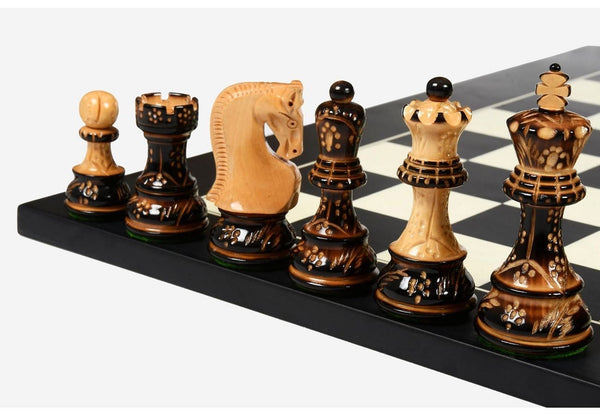
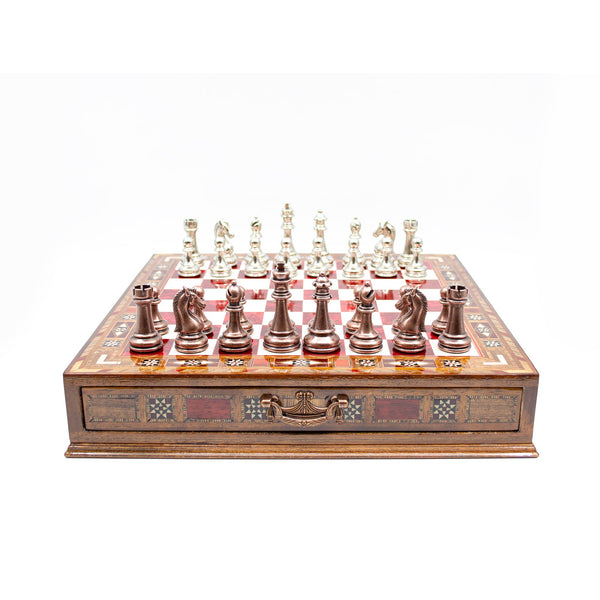
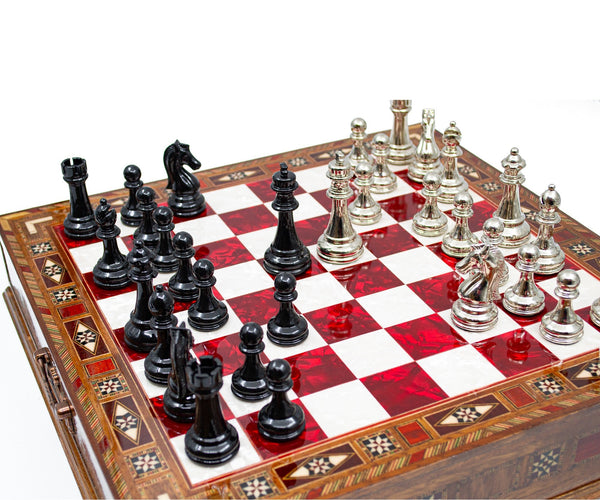
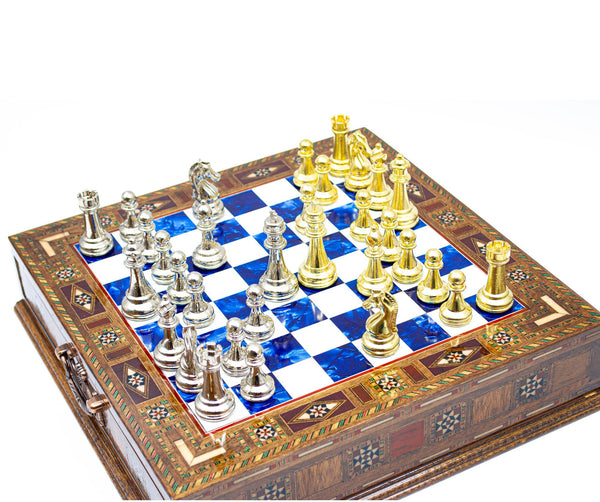
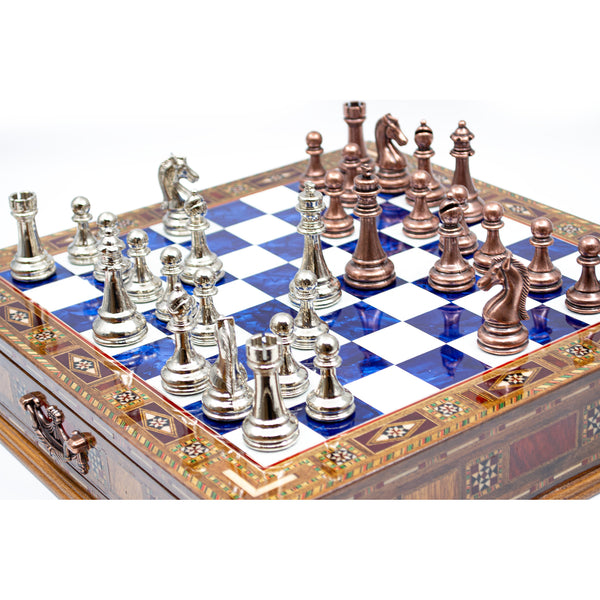
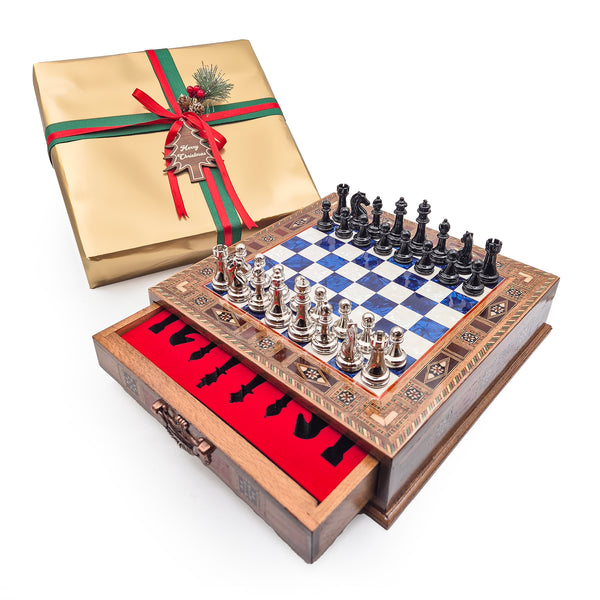







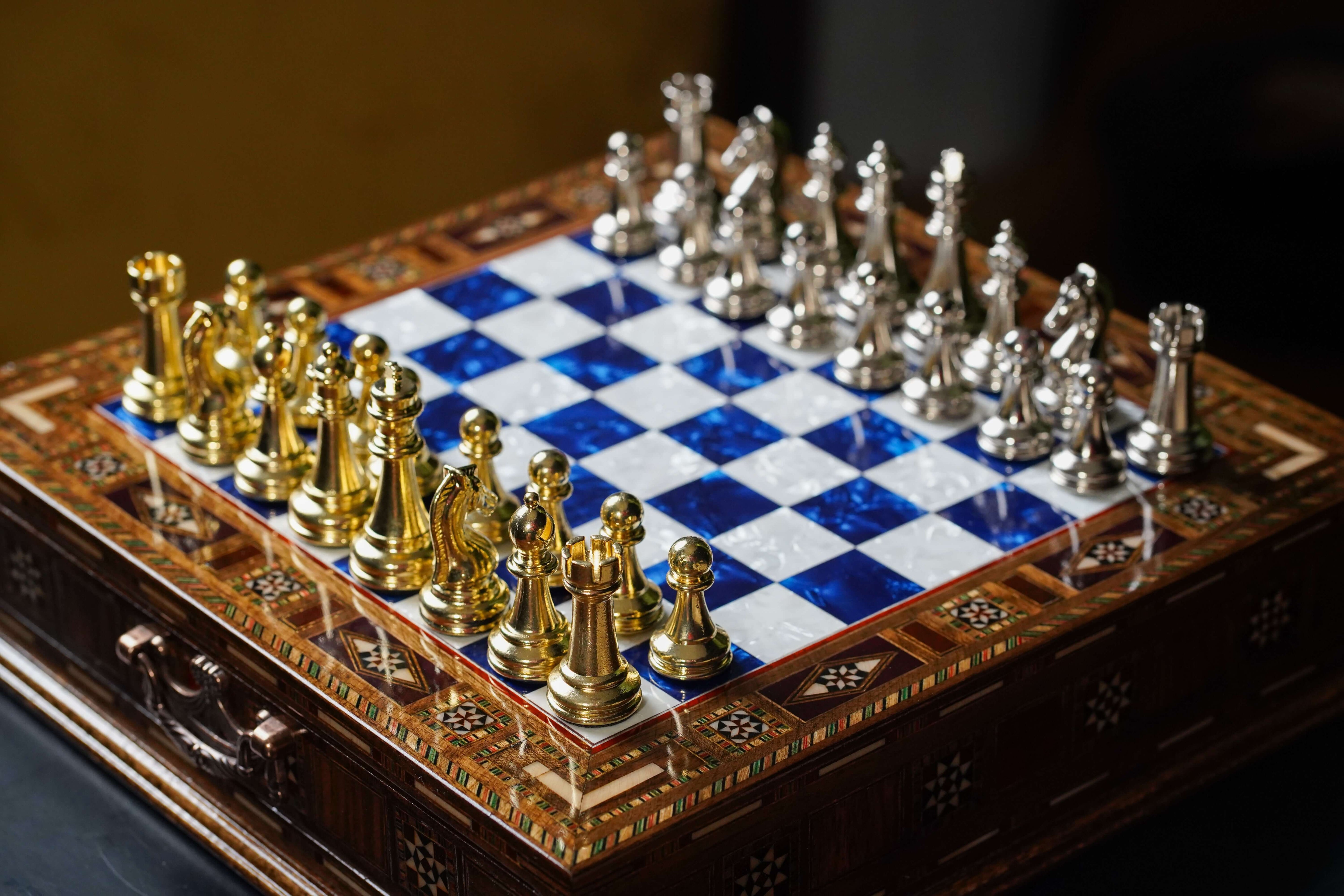
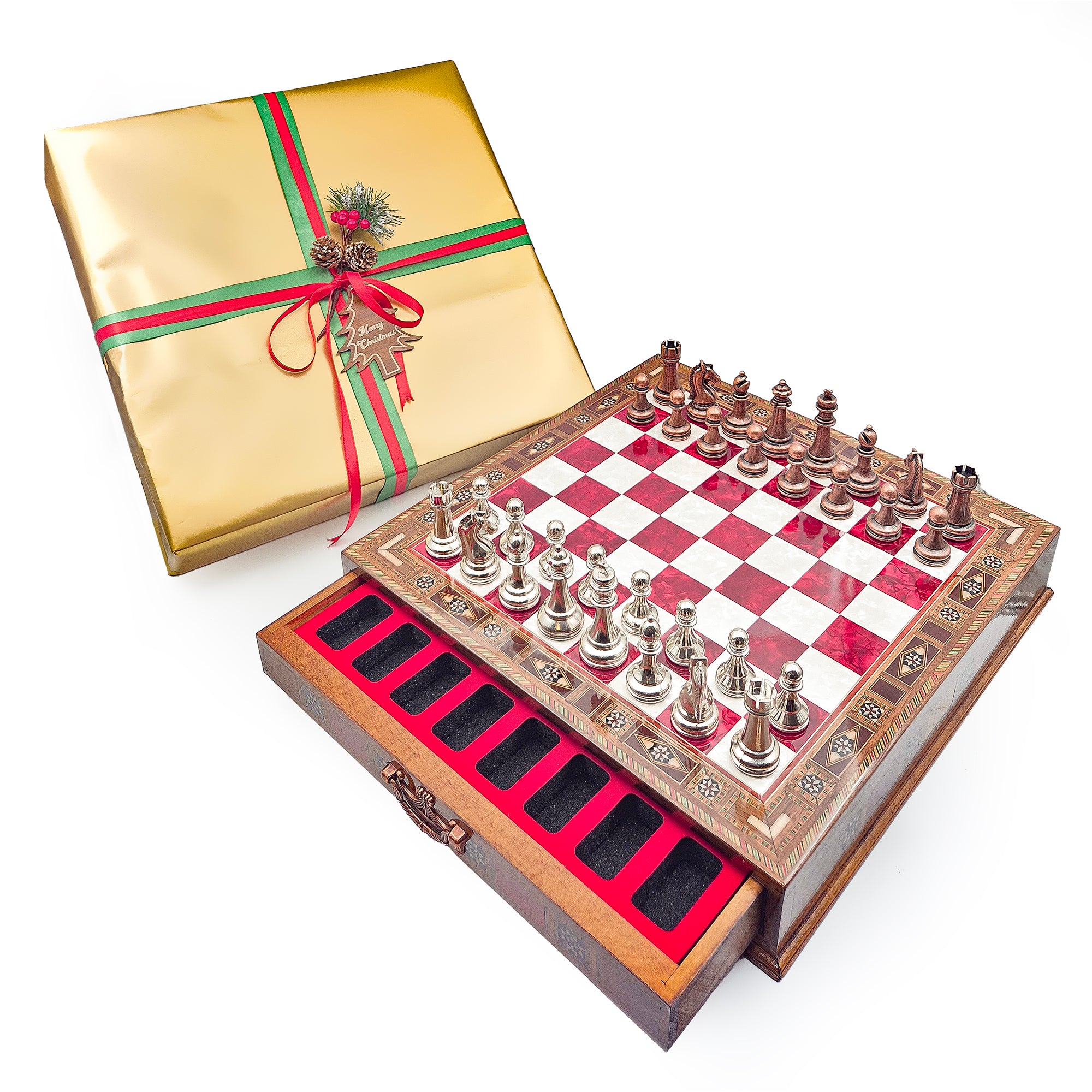
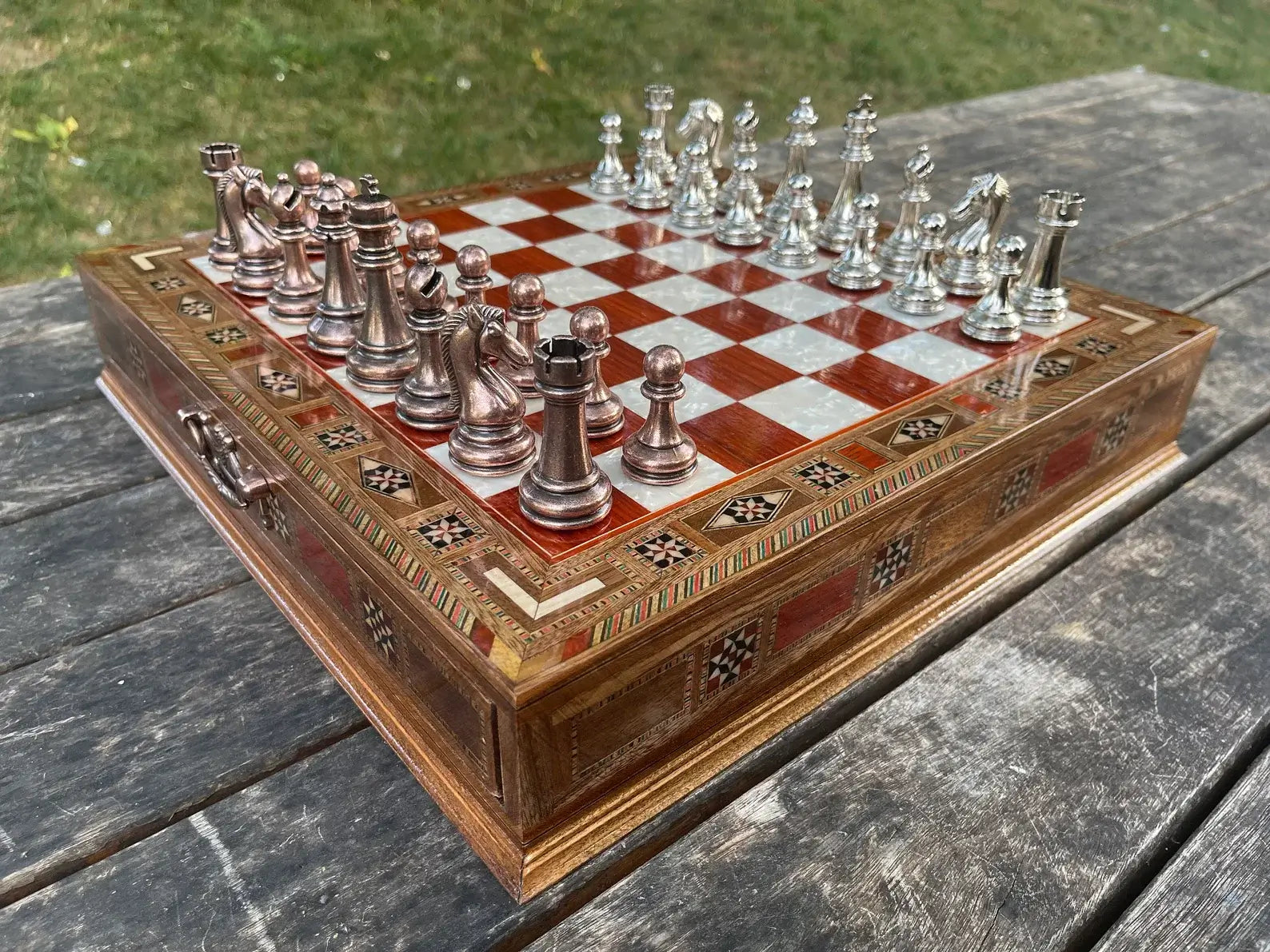
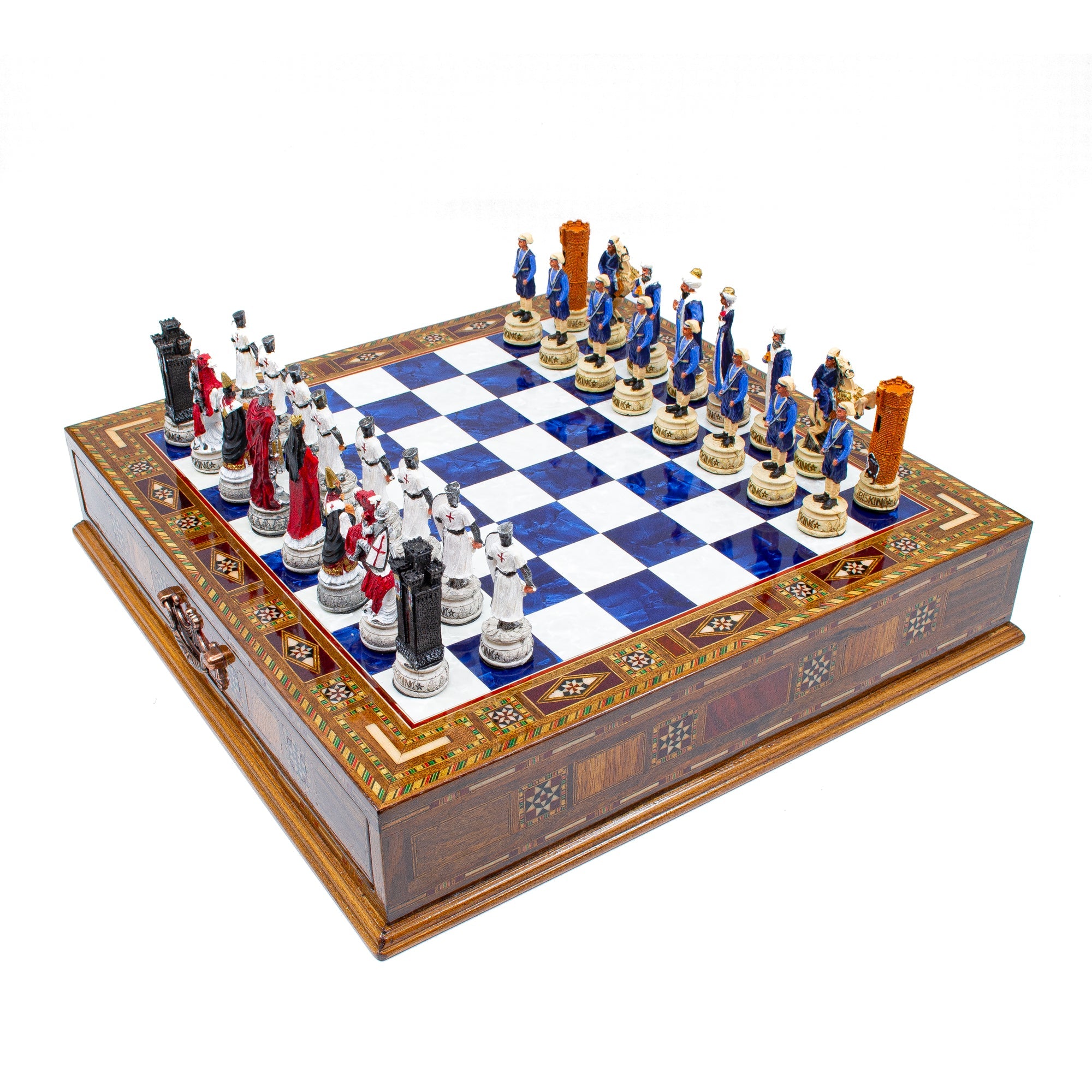
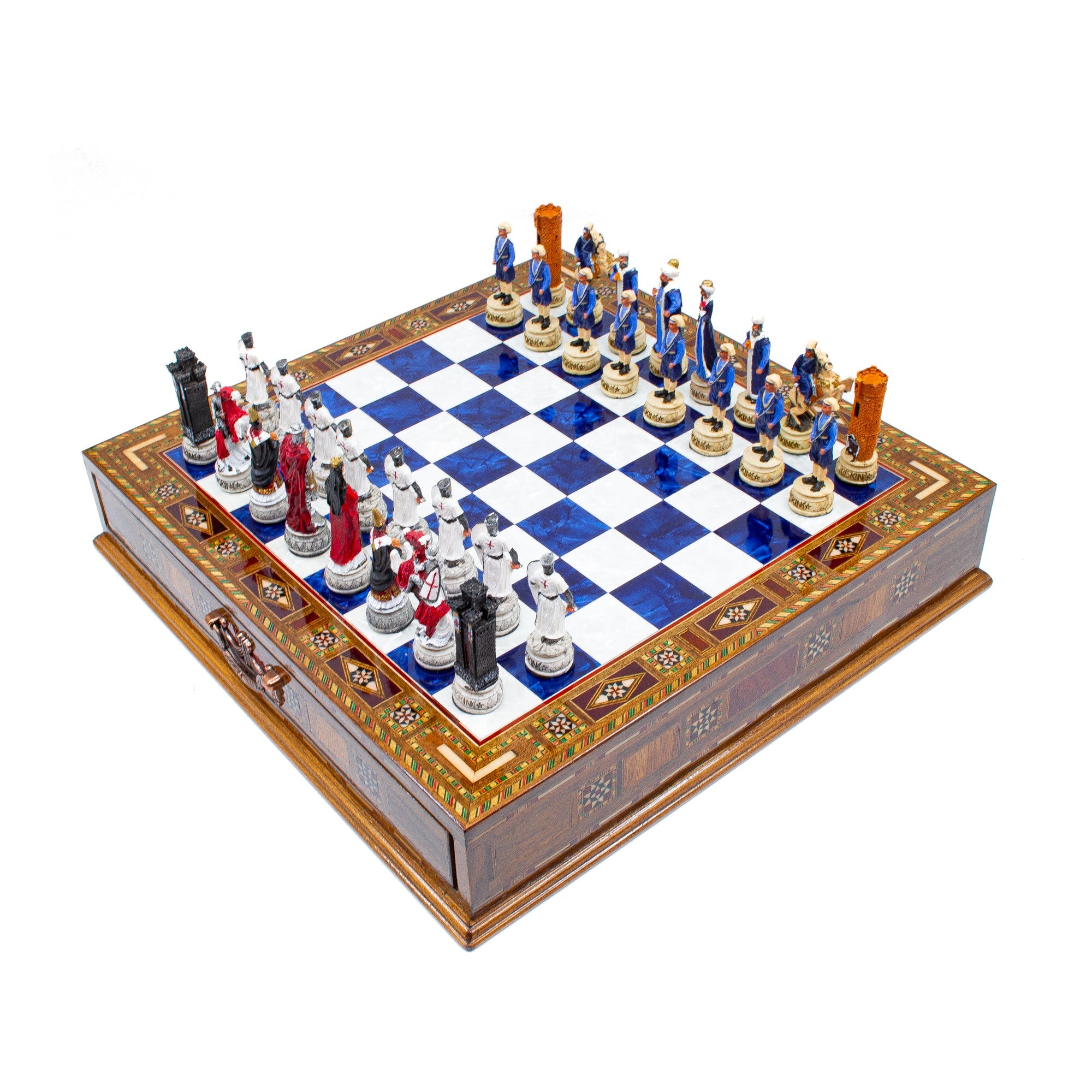
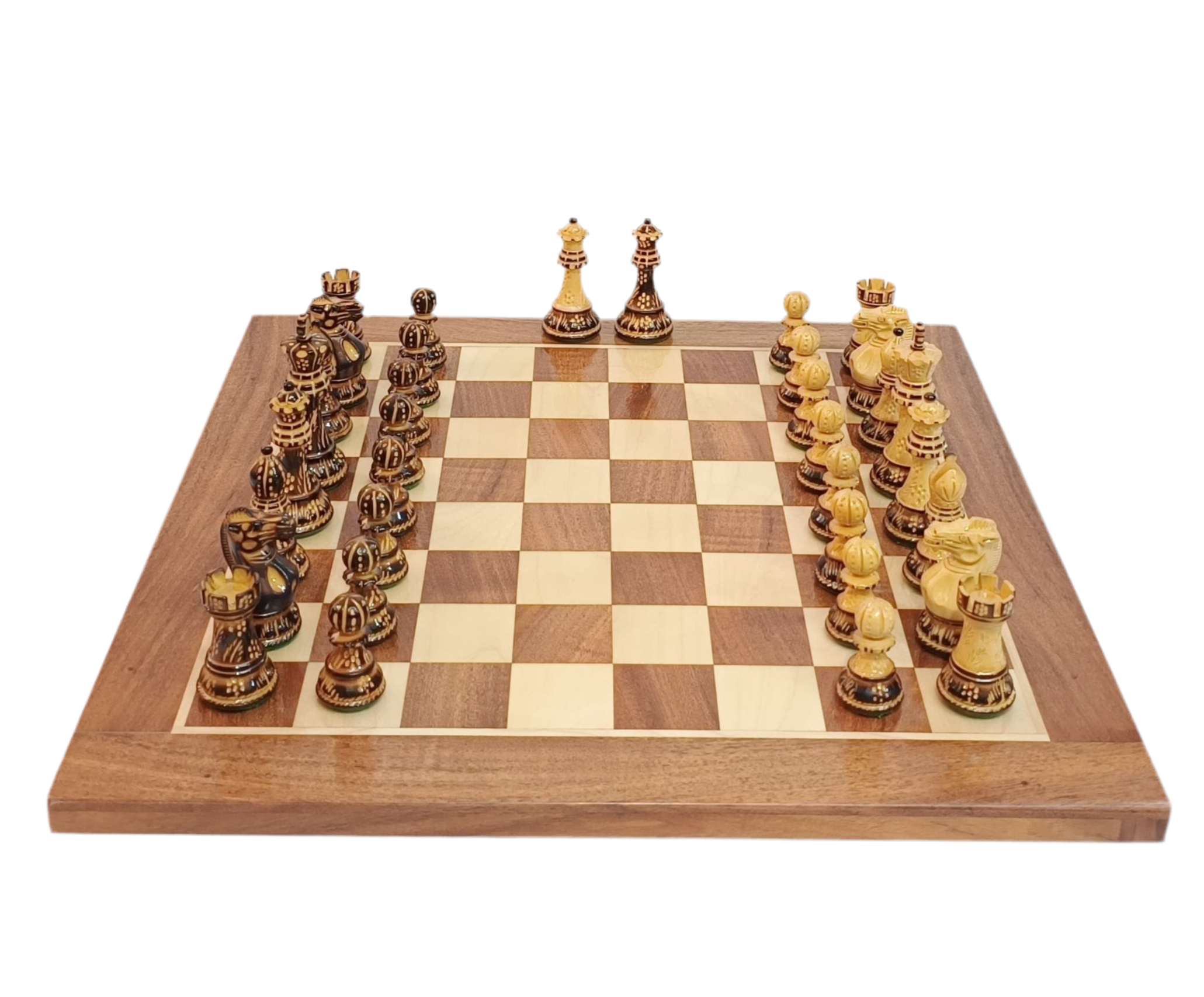
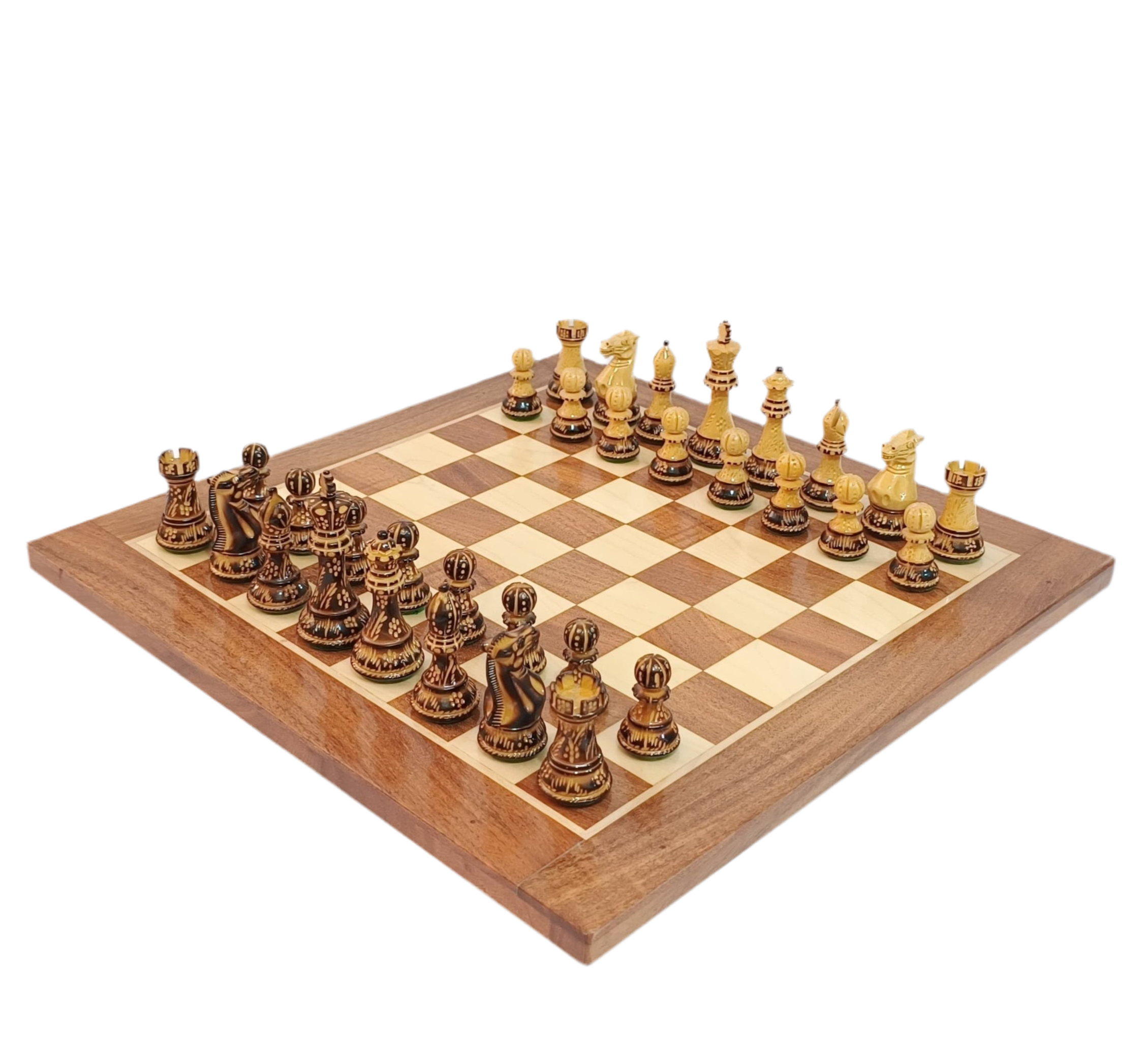
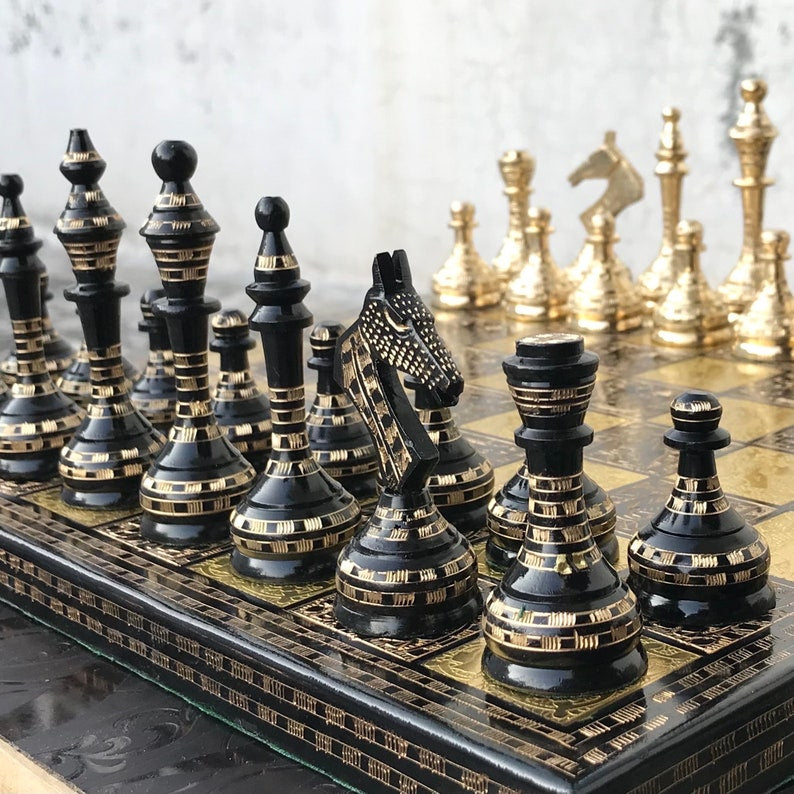
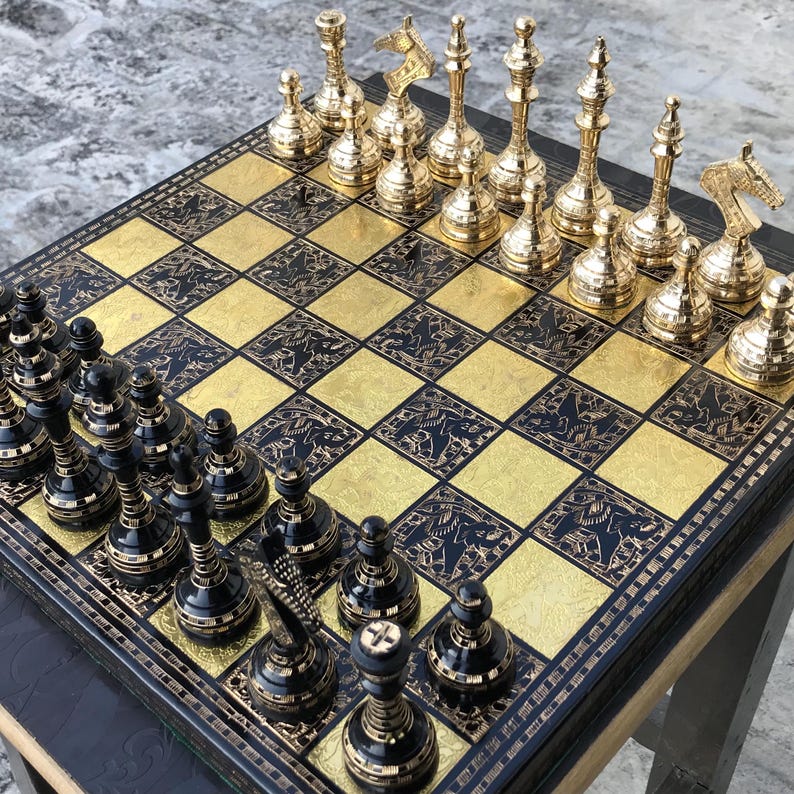
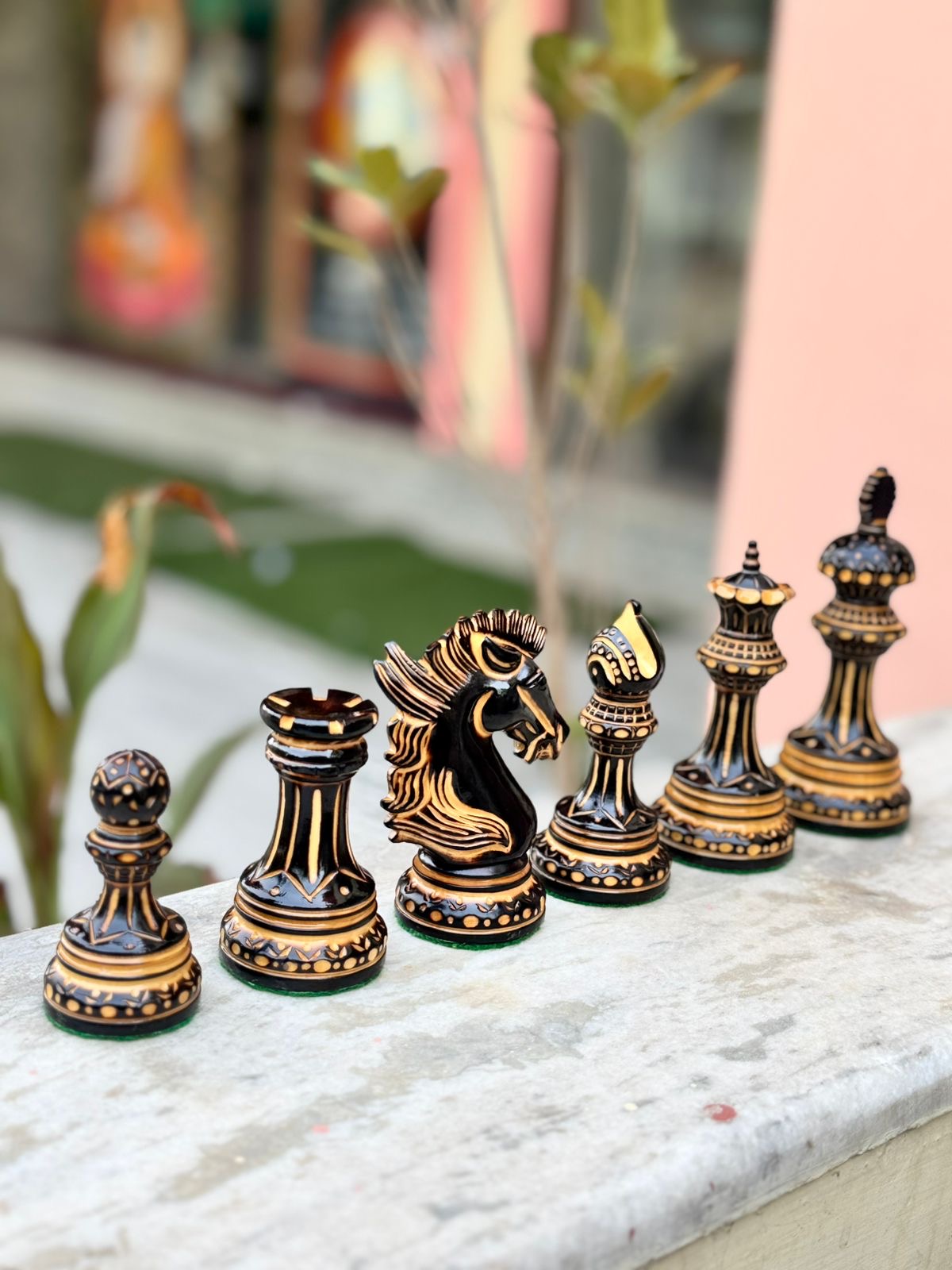

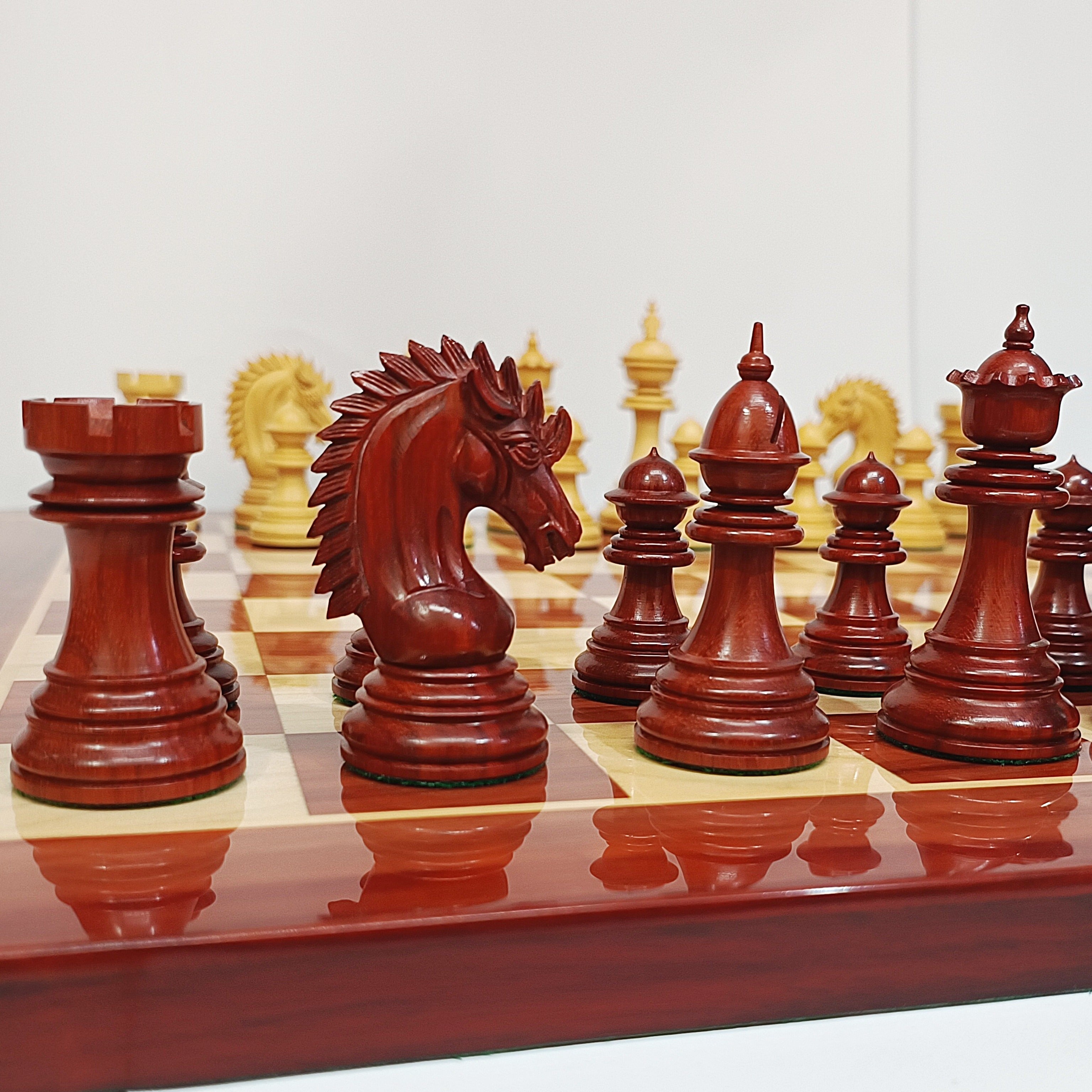
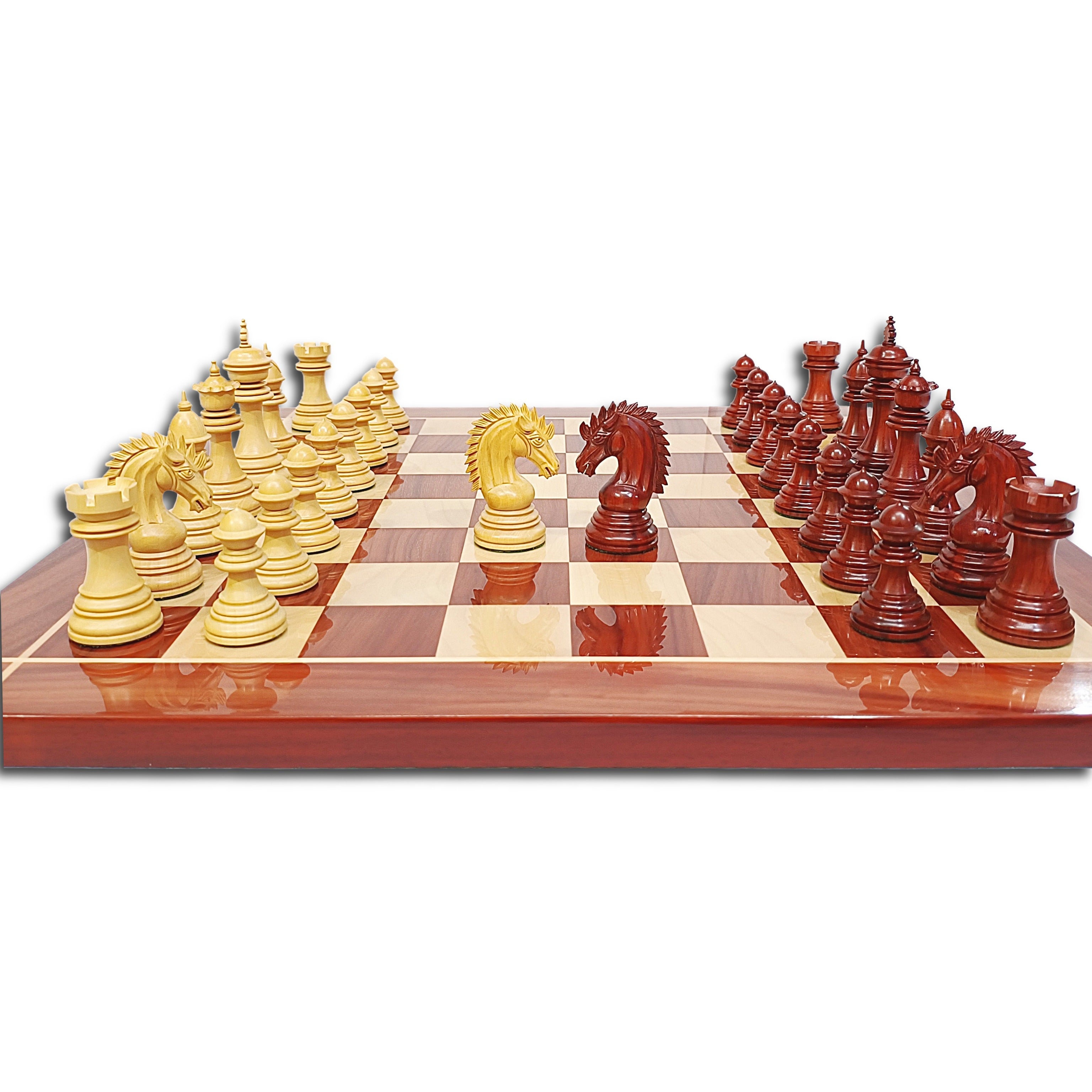

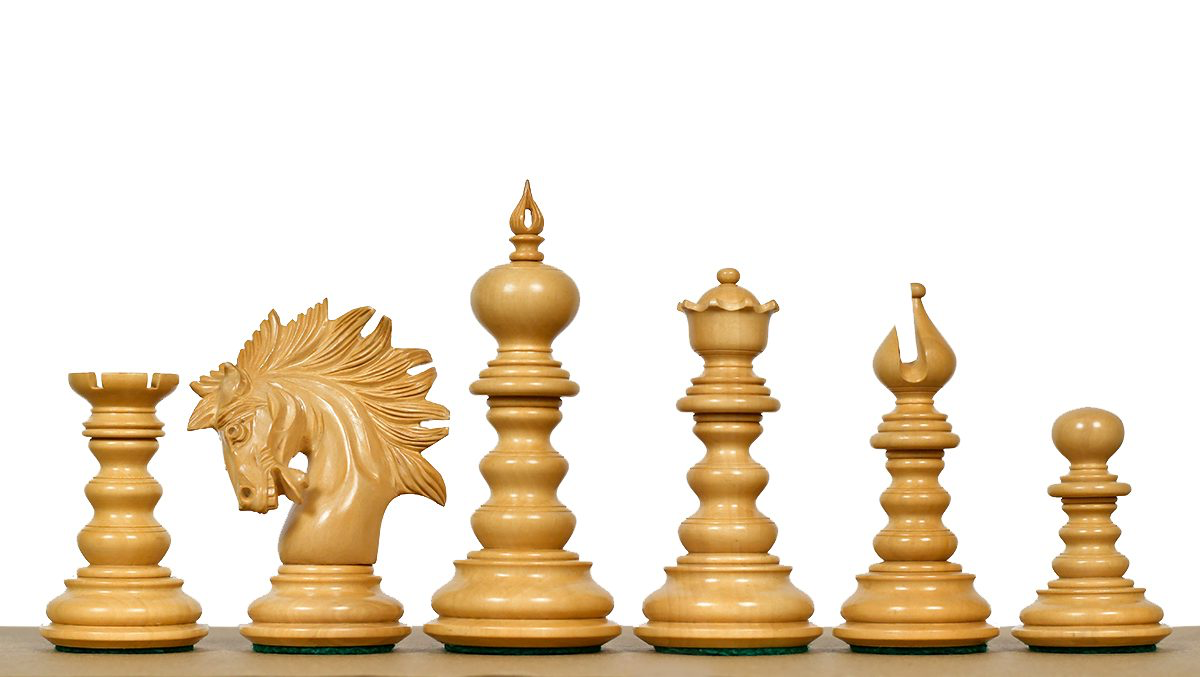
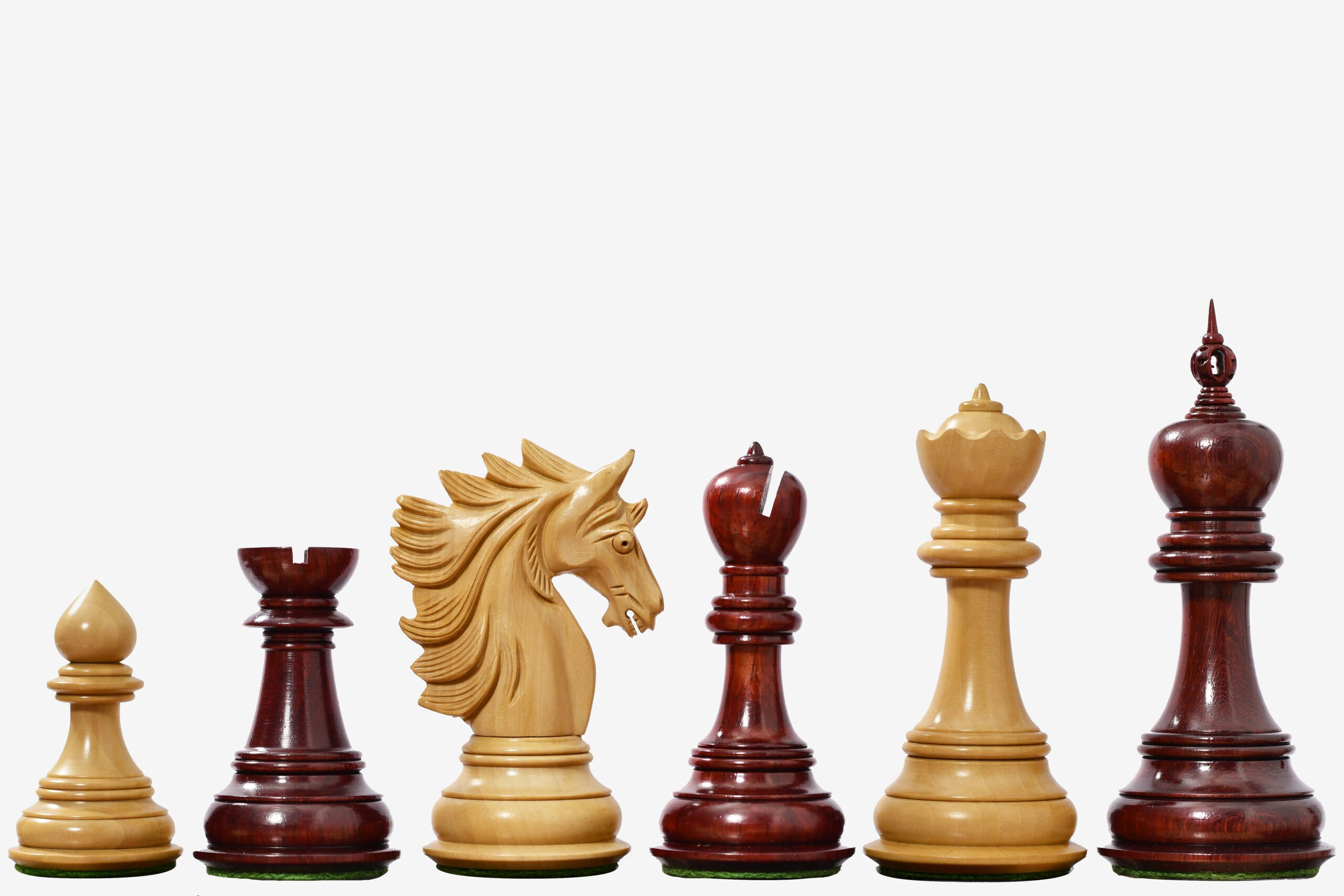
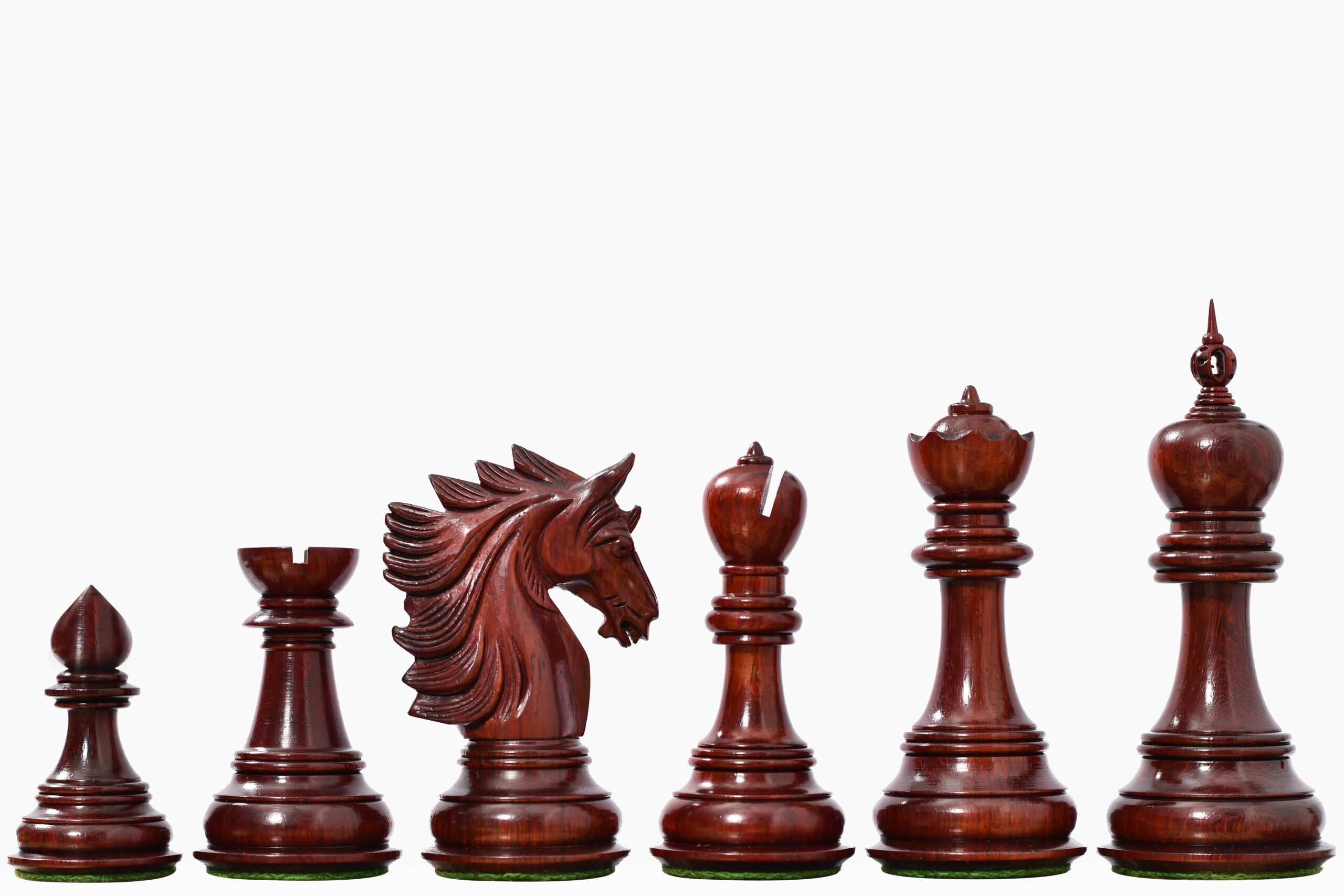
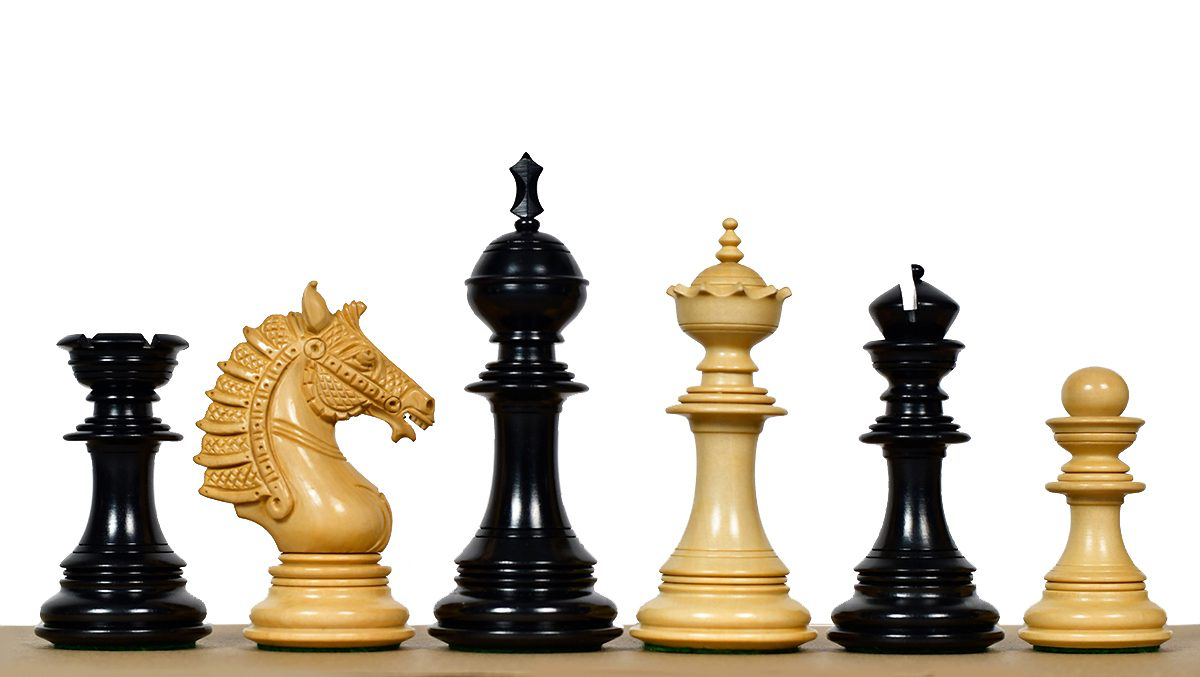
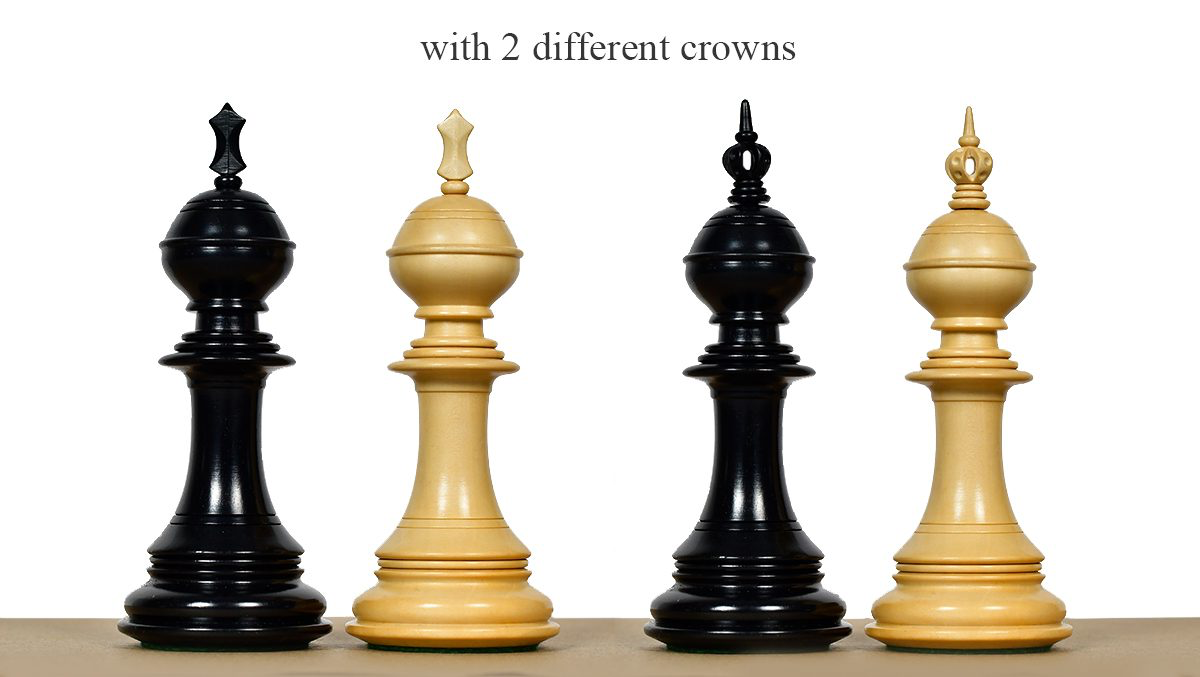
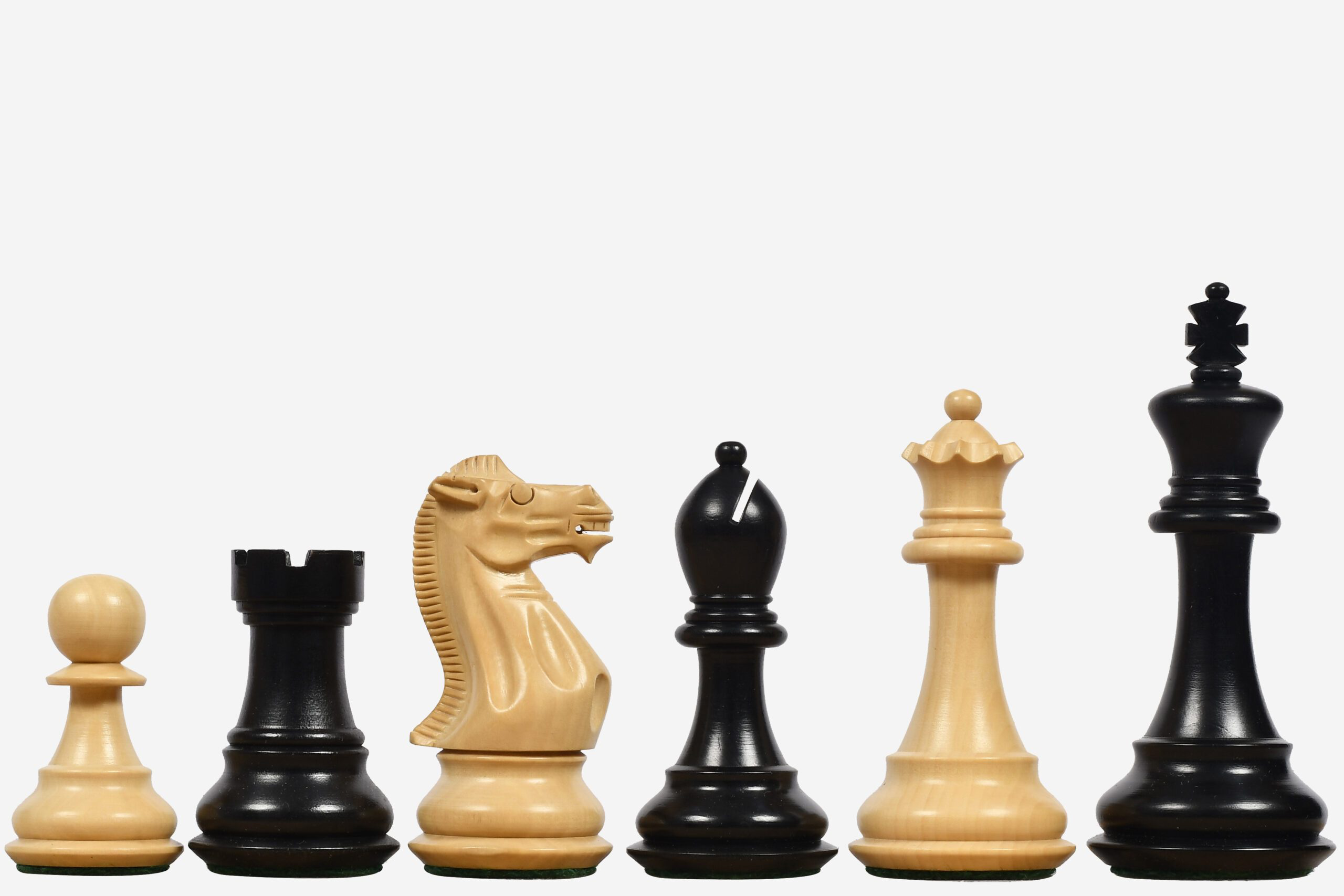
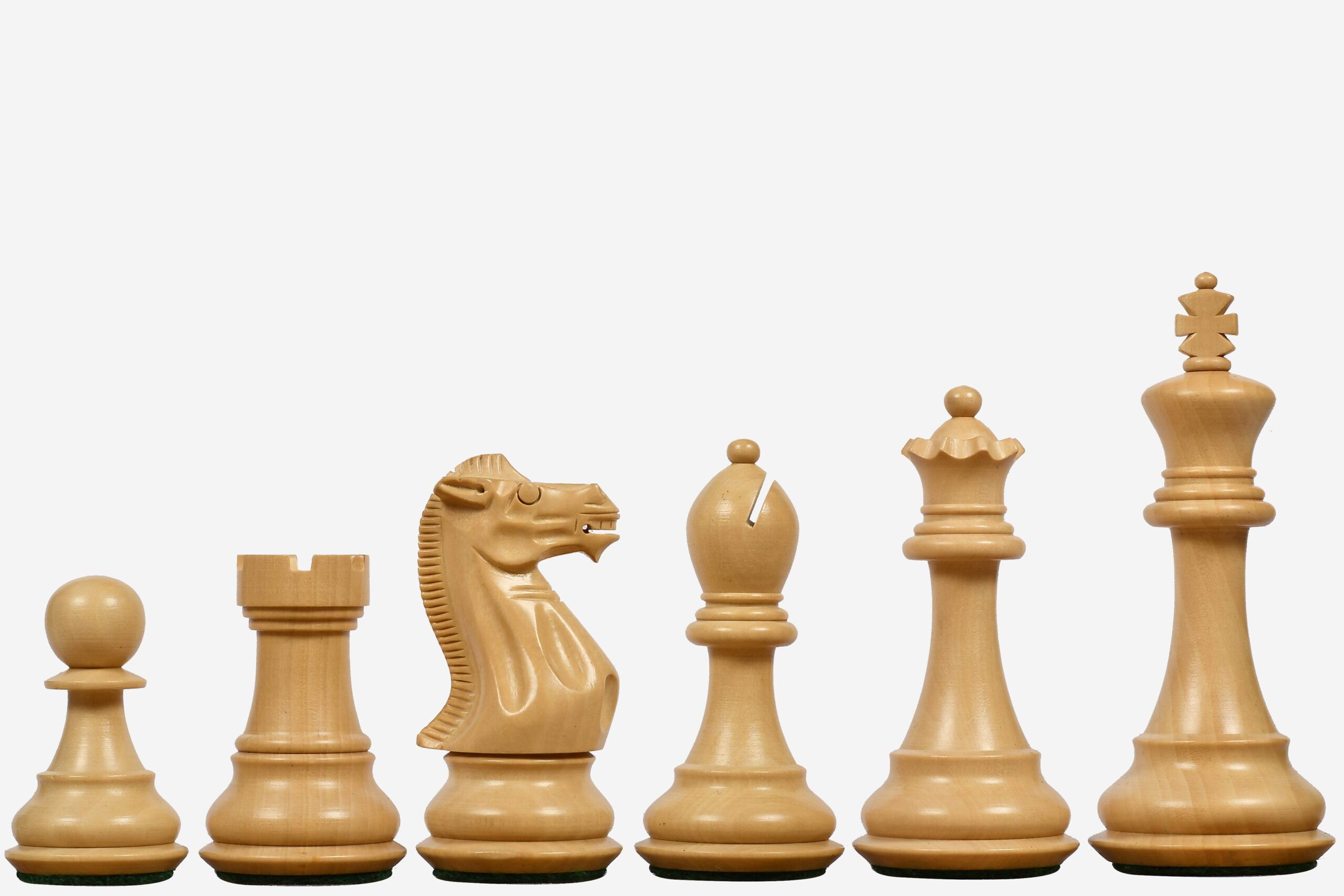
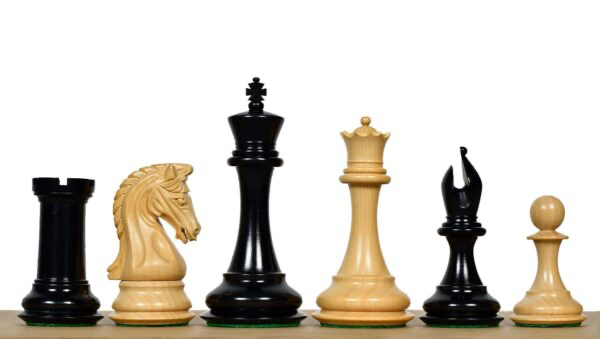
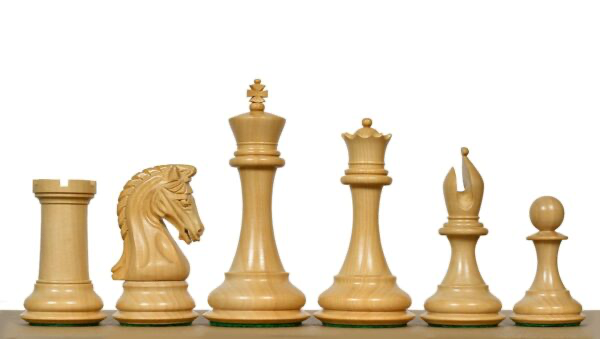
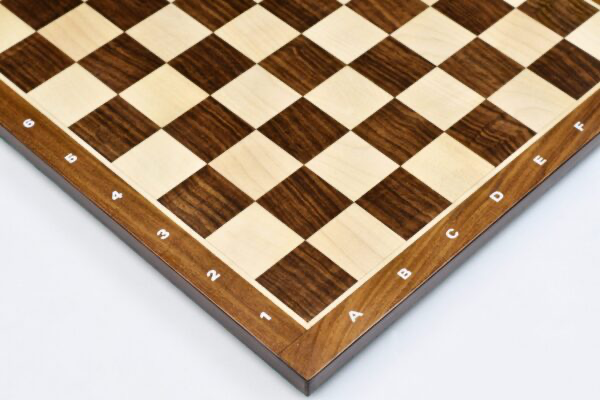
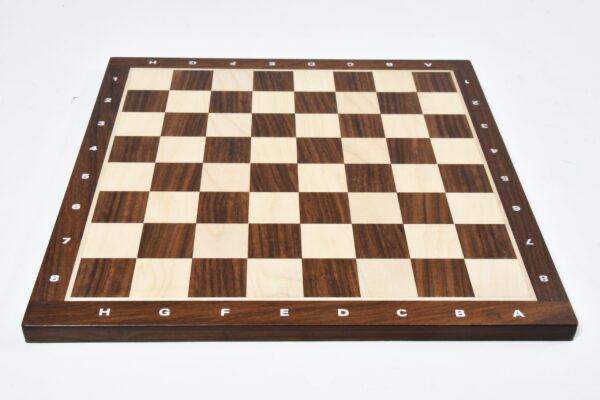
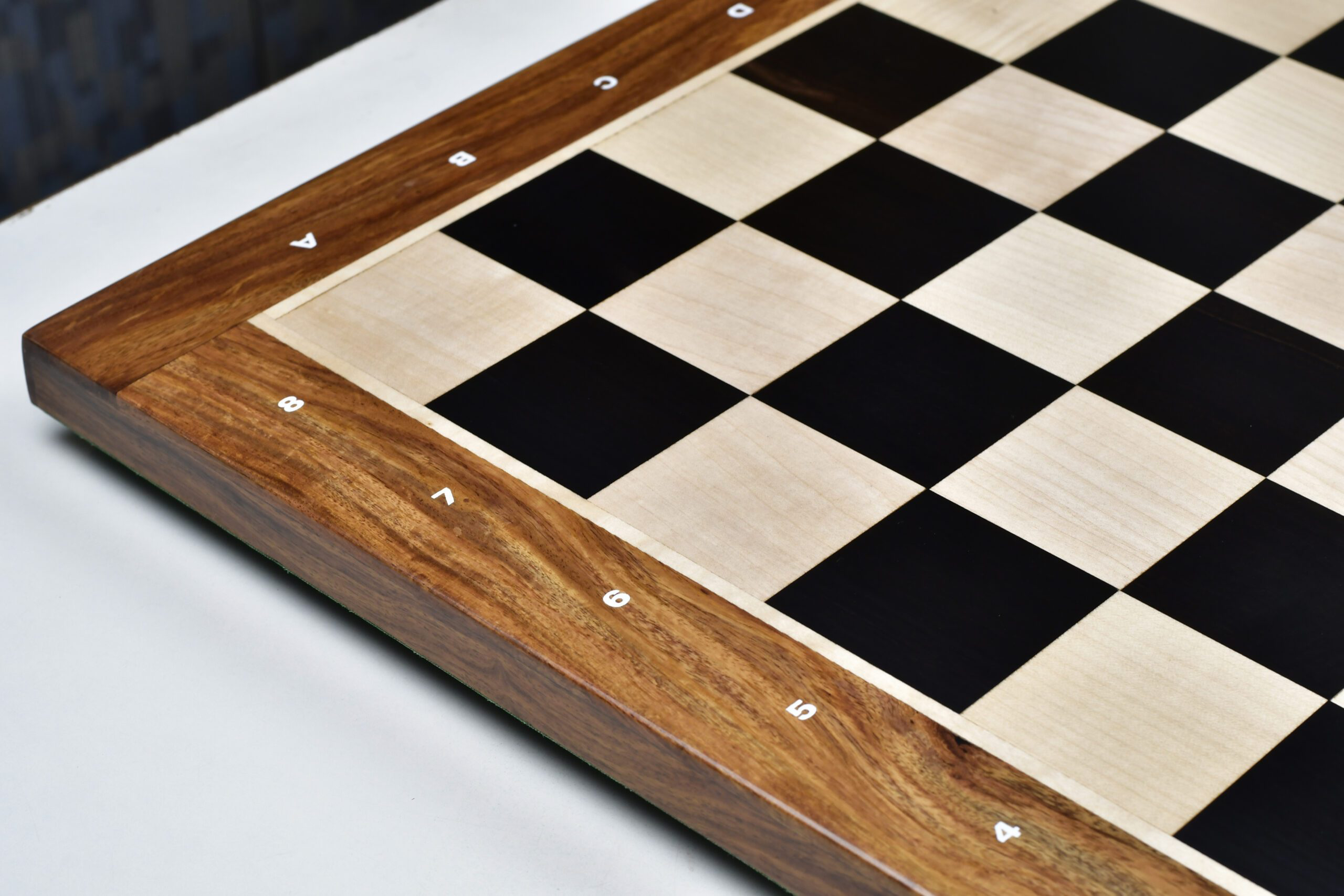
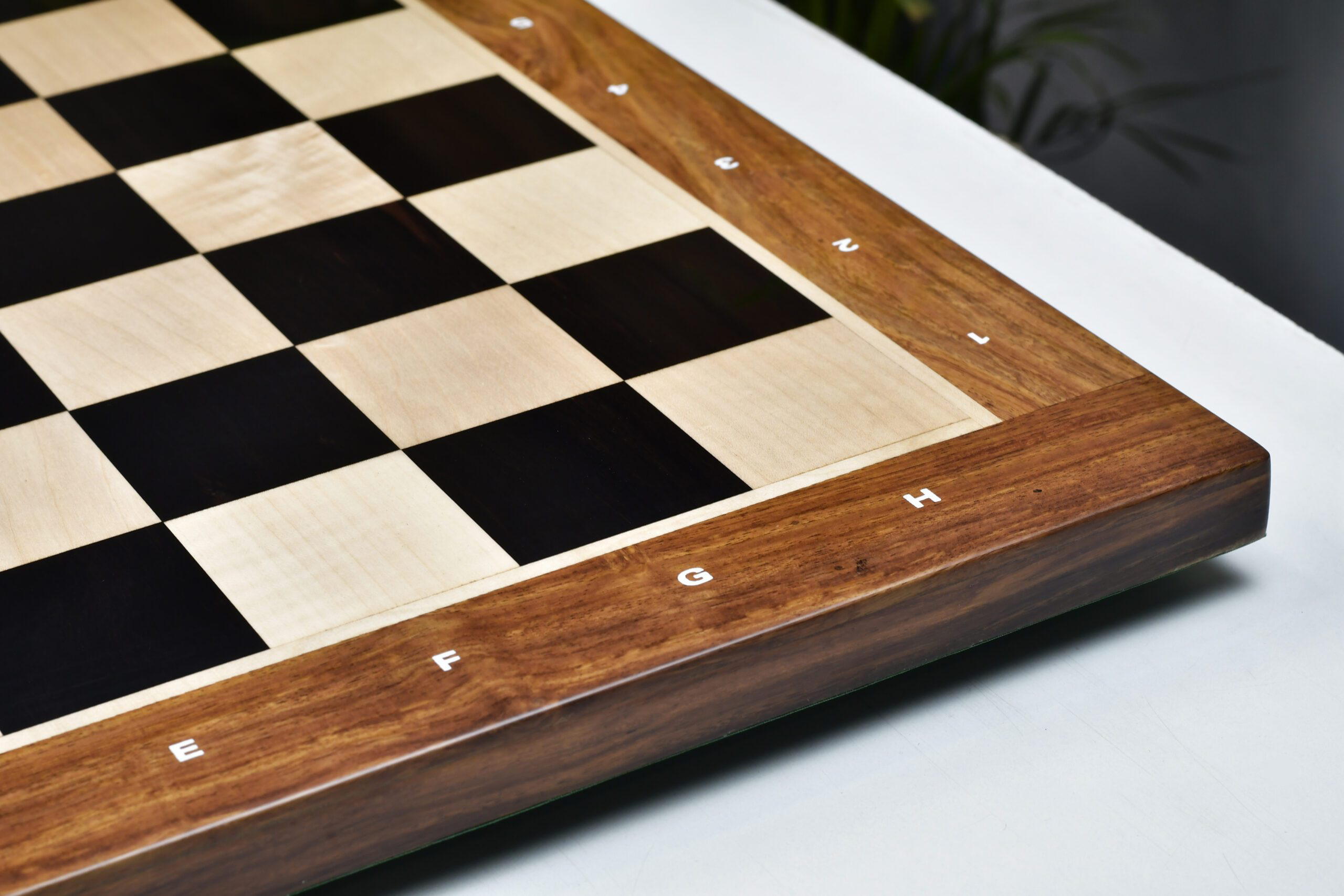


Leave a comment
All comments are moderated before being published.
This site is protected by hCaptcha and the hCaptcha Privacy Policy and Terms of Service apply.